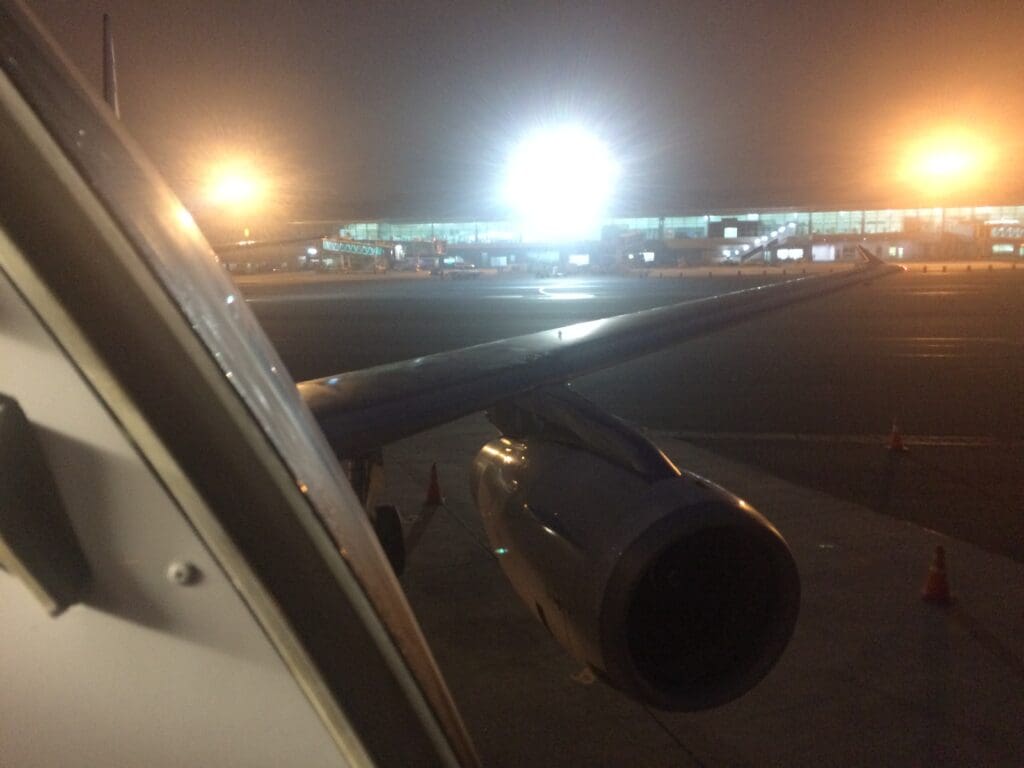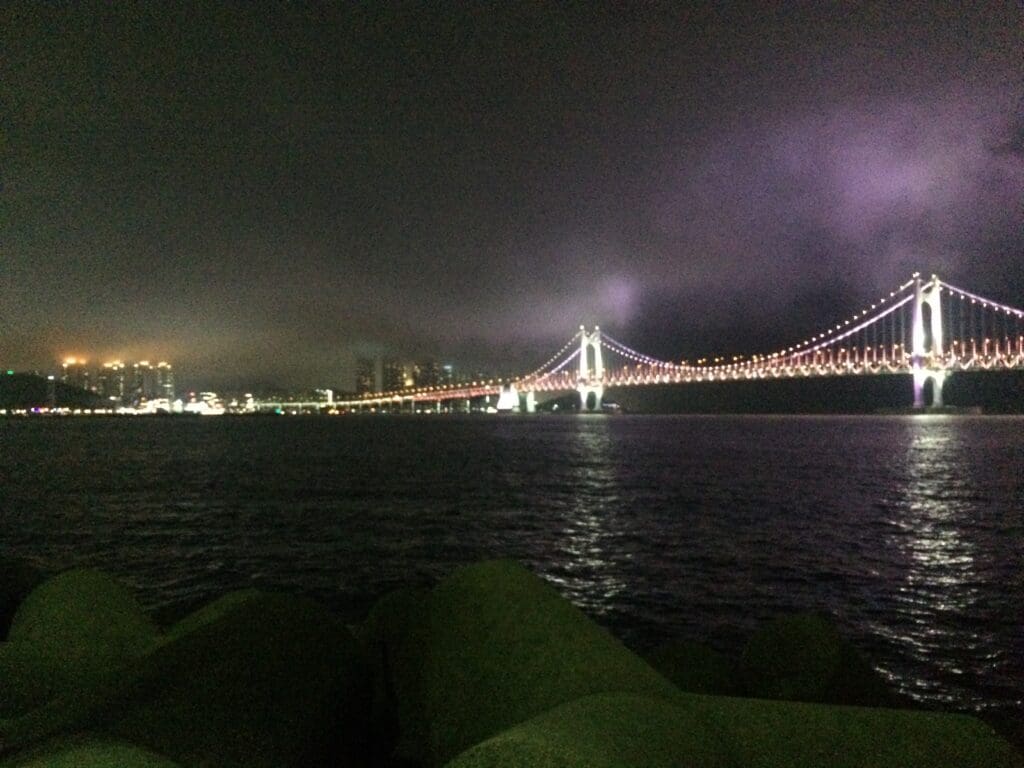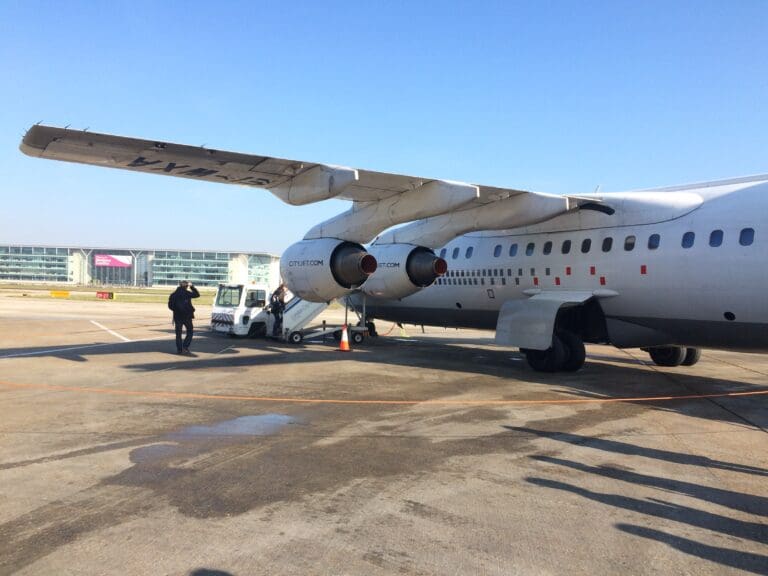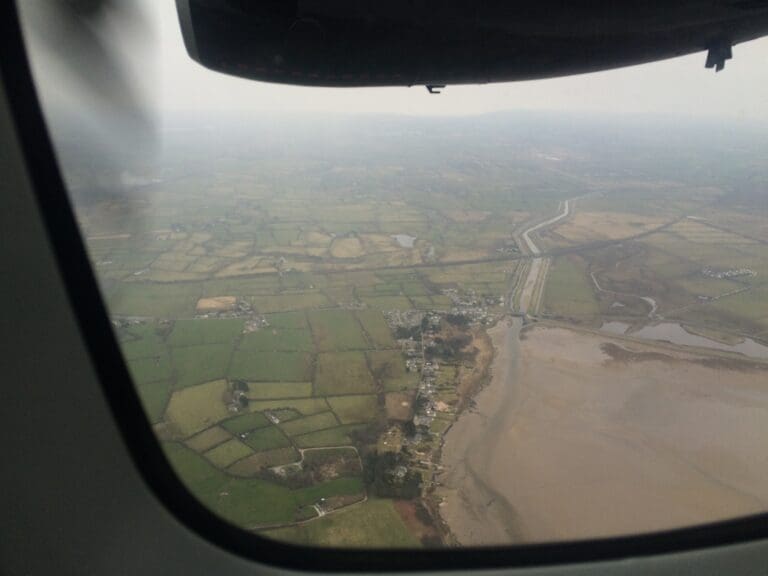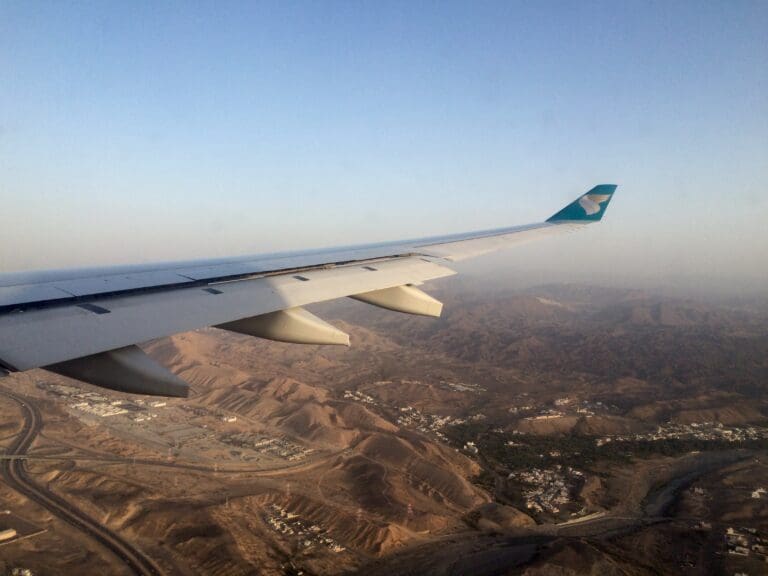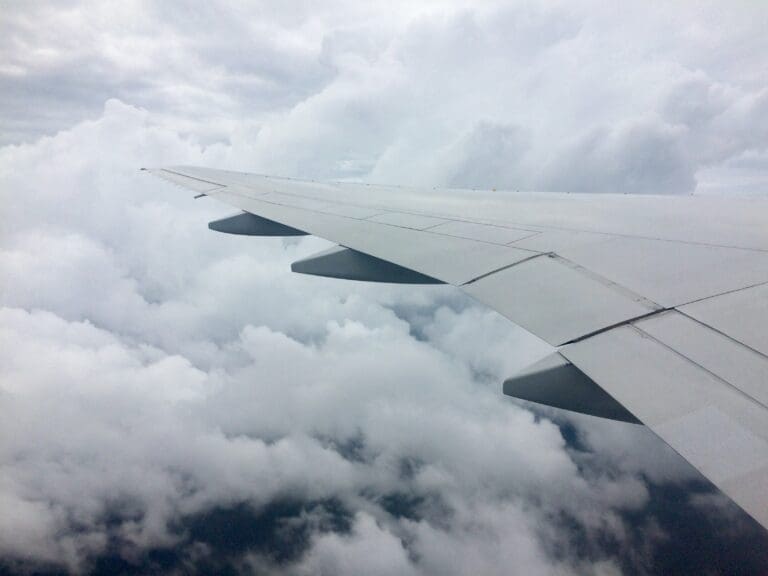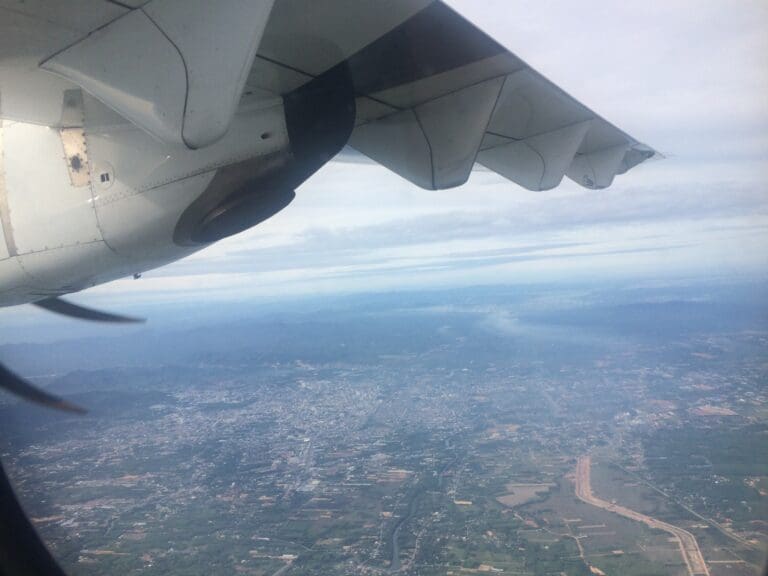Sampling Taiwan’s Short Lived V Air: Taipei to Busan
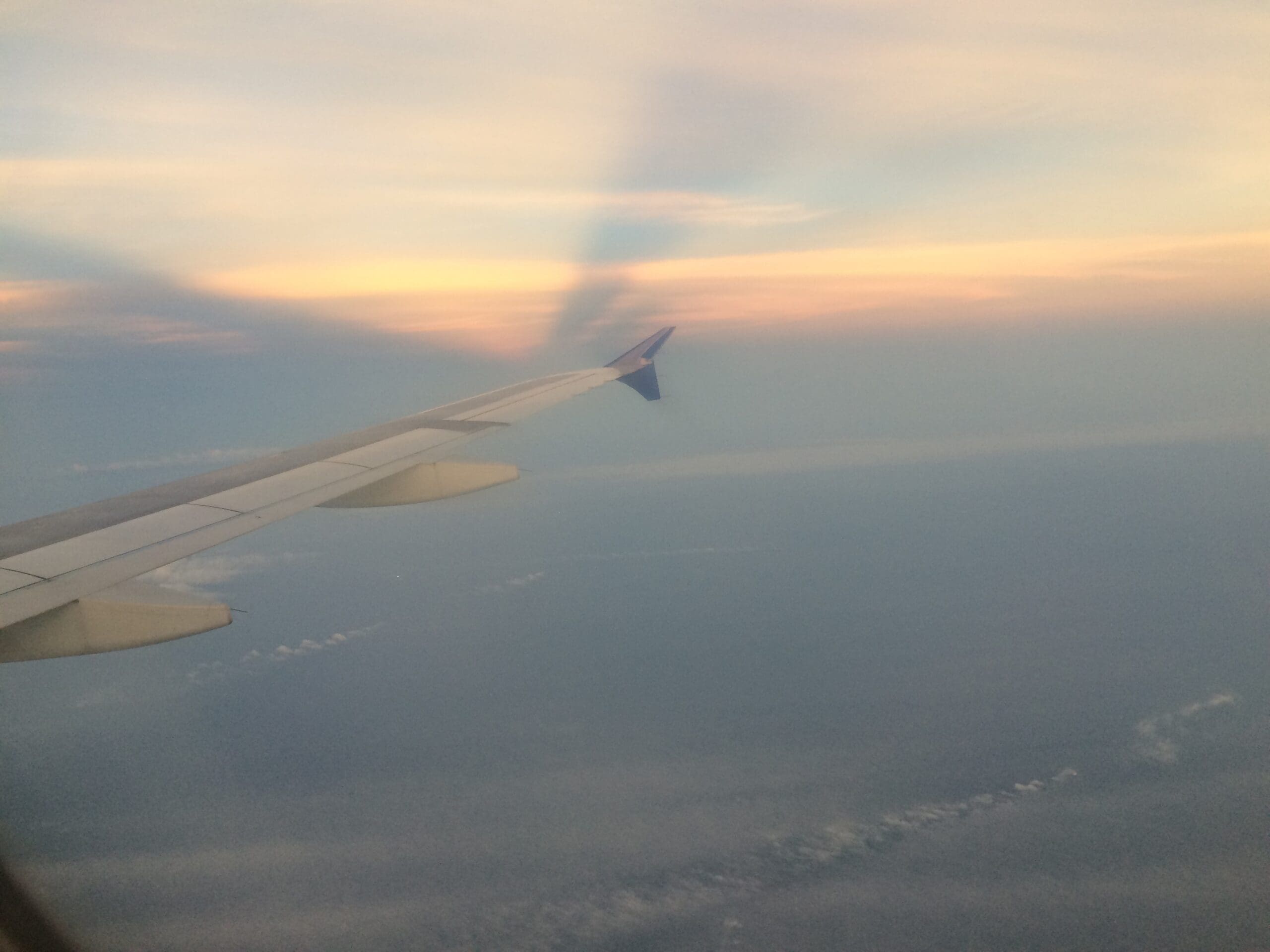
V Air? Who?
You can be forgiven for not having heard of V Air. They were, after all, not around for too long, operated a compact fleet and flew a modest network of routes from Taipei Taoyuan to leisure oriented destinations across East Asia. Established in 2014, V Air was formed by Taiwan’s TransAsia Airways and acted as the airline’s wholly-owned low-cost subsidiary, operating a fleet of two Airbus A320s and two Airbus A321s that had been handed down from their parent airline. These were deployed on routes northwards to Japan and Korea, and southwards to Cambodia, Macau, the Philippines and Thailand. Unfortunately, V Air was not immune from the long-standing financial struggles of its parent airline and in October 2016, the airline operated its final flights. This preceded the bankruptcy of TransAsia Airways the following month, with the carrier flying its last service in late November.
How Did I End Up Flying with V Air?
Driven by high tourism and reasonable business traffic in both directions, there are heaps and heaps of flights between Korea and Taiwan. Needing to get from Taipei to Busan, upon searching for flights I was presented with direct options from Air Busan, China Airlines, Korean Air and V Air. Of these, V Air proved to be the cheapest by quite some margin and so I soon navigated my way over to their modern and easy-to-use website. A few clicks later and I was presented with V Air’s sole flight option on my chosen departure day and soon enough I parted with NT$3790 (around £100) for a one-way ticket to Busan that included 20kg of luggage, seat selection and a complimentary inflight meal which I selected during the booking process. I should note that whilst this ticket price was cheaper than route competitors Air Busan, China Airlines and Korean Air, it would have been cheaper for me to fly with Tigerair Taiwan to Daegu and then catch a train or bus southwards to Busan.
The Journey
On my departure day, with my flight scheduled to depart Taipei Taoyuan Airport at 1655, I could enjoy a leisurely morning strolling around the Taiwanese capital before making my way west to the airport. Leaving myself with plenty of time to do some spotting, I left the city centre at 1200 and caught the airport bus from Taipei Station, making it to the airport without any issues whatsoever. Upon arriving there I found there to be no information regarding the check-in time for my flight, however, after asking about this at the TransAsia Airways ticket desk they advised me that I could check in at the TransAsia Airways counters. There, I was greeted by a very friendly agent who checked me in without any issues. Wasting no time, once I had my boarding pass I continued onwards to security and immigration. After around fifteen minutes, I made it to the airside area and was left with a few hours to go until departure, giving me plenty of time to explore the nooks and crannies of the terminal.
As far as airports go, Taipei Taoyuan left me with few complaints and I found this to be modern, clean and tidy. Importantly plenty of windows allowed for natural light to fill the terminal whilst also enabling fantastic views out onto the near constant stream of diverse movements outside. My only complaint that day was that many plug sockets throughout the terminal did not seem to work and I ended up testing five of these before finding one that was capable of charging my phone.
At around 1600, I made a stroll through the terminal to Gate B1 where a fair number of passengers could already be seen lingering around waiting for boarding to commence. Rather appropriately, this was the exact same gate that I had arrived through several days earlier onboard a VietJet Airbus A320! Looking around, this part of the terminal seemed to be a little more dated than the rest and the wifi was somewhat sporadic there. However, for the most part, this was clean and tidy like the rest of the terminal.
Owing to the seat map that I had been presented with during the booking process, I held the belief that my flight to Busan was to be operated by one of V Air’s two new Airbus A321s. However upon looking outside, instead an Airbus A320-233 could be seen being readied for the flight north. This took the form of B-22320 which was assembled at Airbus’ Toulouse Blagnac factory and made its first flight in July 2008. Thus making the aircraft around 8 years old at the time of my flight. Anecdotally, I had seen this exact aircraft whilst on a tour of the Airbus A380 production line in August 2008! Following testing, the aircraft was delivered to El Salvador’s national airline TACA as N682TA. After flying around the Americas for several years under the TACA, AviancaTACA and Avianca El Salvador brands, in July 2015 the aircraft was delivered to Taiwan’s TransAsia Airways. This flew with V Air’s parent carrier for several months before being handed down to V Air in early 2016. Today, this aircraft is kitted out with 180 seats in an all-Economy configuration. This is a standard LCC layout for an Airbus A320, although it should be said that this is eighteen more seats than are fitted to LCC route competitor Air Busan’s Airbus A320s.
No more than five minutes after arriving at the gate, an announcement was made in Mandarin and English inviting passengers to board the aircraft. Soon, I had my boarding pass scanned and my passport checked before I was free to head down the short jetbridge and board the Airbus. As soon as I stepped into the Airbus’ forward galley, I received a friendly welcome in English and received several more as I wandered down the cabin to my seat.
Onboard, this particular Airbus features V Air’s standard interior with each seat covered in a royal blue fabric. Admittedly, at first glance, these seat covers seemed to be a little worn and frayed, which was not fantastic considering that the aircraft had only been with V Air for four months at the time of my flight. Once at my seat, continuing with the slight grumbles, I found the bottom seat cushion not to match the others, whilst the seatback pocket lacked a buy-on-board menu and an airsickness bag. In true low-cost fashion, plenty of advertisements in both Chinese and Japanese could be seen plastered around the cabin on seatbacks and overhead lockers. On the plus side, the area around my seat was clean and the seat itself didn’t feel particularly cramped.
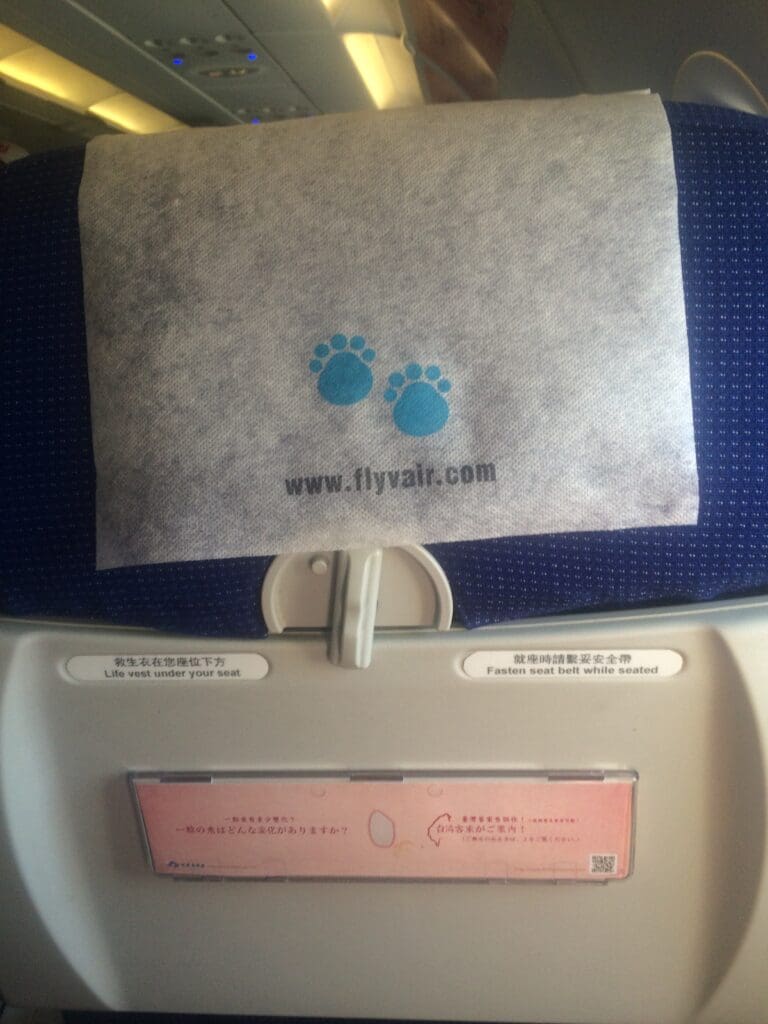
That afternoon, passengers sped onto the aircraft and managed to get seated and settled at a reasonable speed. Thus, thanks to the punctual start to boarding, the last passenger made it onto the aircraft a whole twenty minutes ahead of our scheduled departure time. That afternoon, the flight was almost full and as was perhaps to be expected, there seemed to be an even split between Korean and Taiwanese passengers, with most taking the form of tourists either heading home or starting their holiday. Interestingly, there seemed to be few passengers onboard that were neither Korean nor Taiwanese.
Outside, the ground crew could be seen removing their equipment from around the aircraft and up ahead I watched as the door was closed before we pushed back exactly ten minutes ahead of schedule. As we headed rearwards, the crew undertook their important yet, in a leisure airline manner, slightly light-hearted safety demonstration. One thing I did notice about this was that no Korean version was undertaken, with this made in Mandarin and English only. That evening, there were no Korean speakers amongst the crew, nor were there any pre-recorded Korean announcements, including safety announcements.
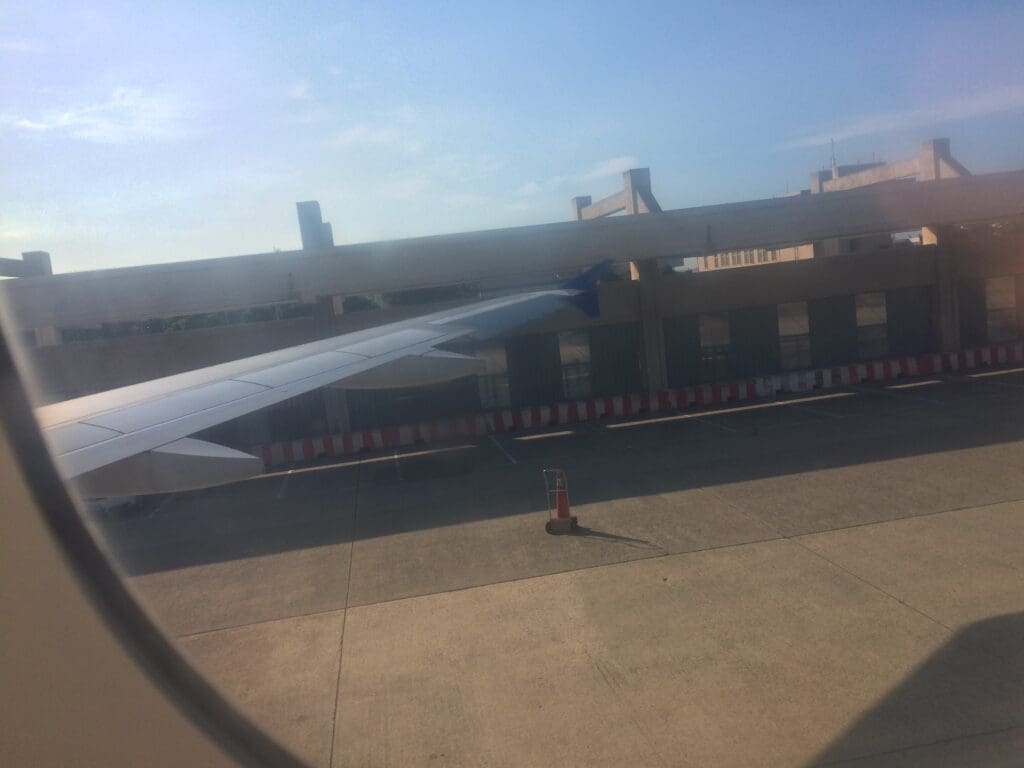
As we came to a halt, the Airbus’ two IAE V2527-A5 ‘hairdryer’ engines spooled up into life resulting in some vibration and fuel scents to temporarily fill the cabin before we commenced our long taxi across the airport to Runway 05R. Despite our early departure from the stand, we soon hit a long departure queue which crushed any possibility of a punctual take-off. As we sat and waited, the captain performed their welcome announcement in Mandarin and English. During this, they announced the flight time to be 1H50 and went over the route, albeit there would not be a great deal to see seeing as a good 95%, if not more, of the flight would take place over the sea!
After almost twenty long minutes of holding beside a rotting impounded Orient Thai Boeing 747-400, the Airbus taxied onto the runway and made a powerful rolling takeoff into the sunny skies of Northern Taiwan. Our initial climb out offered those sitting on the starboard side good views of Tamsui and central Taipei in the distance before we continued our climb over the blue waters of the East China Sea. Whilst my stay in Taiwan had been plagued by heavy rains, that evening the weather was pretty good and we faced almost no turbulence as we rocketed upwards meaning that it wasn’t long before the crew were released from their seats.
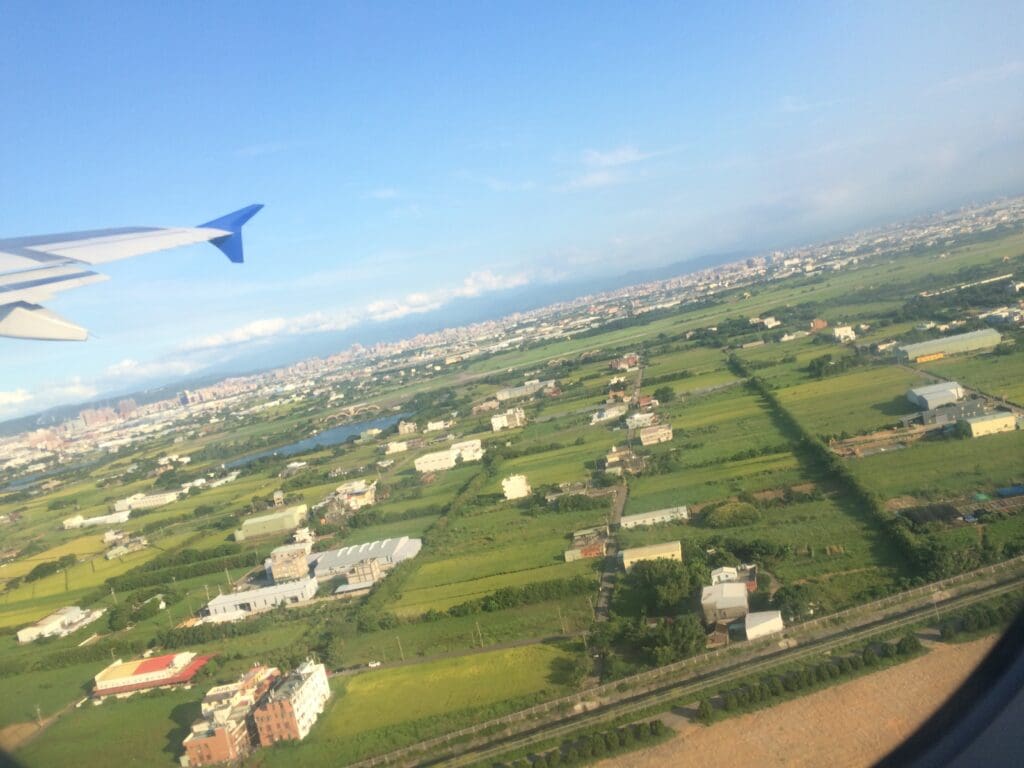
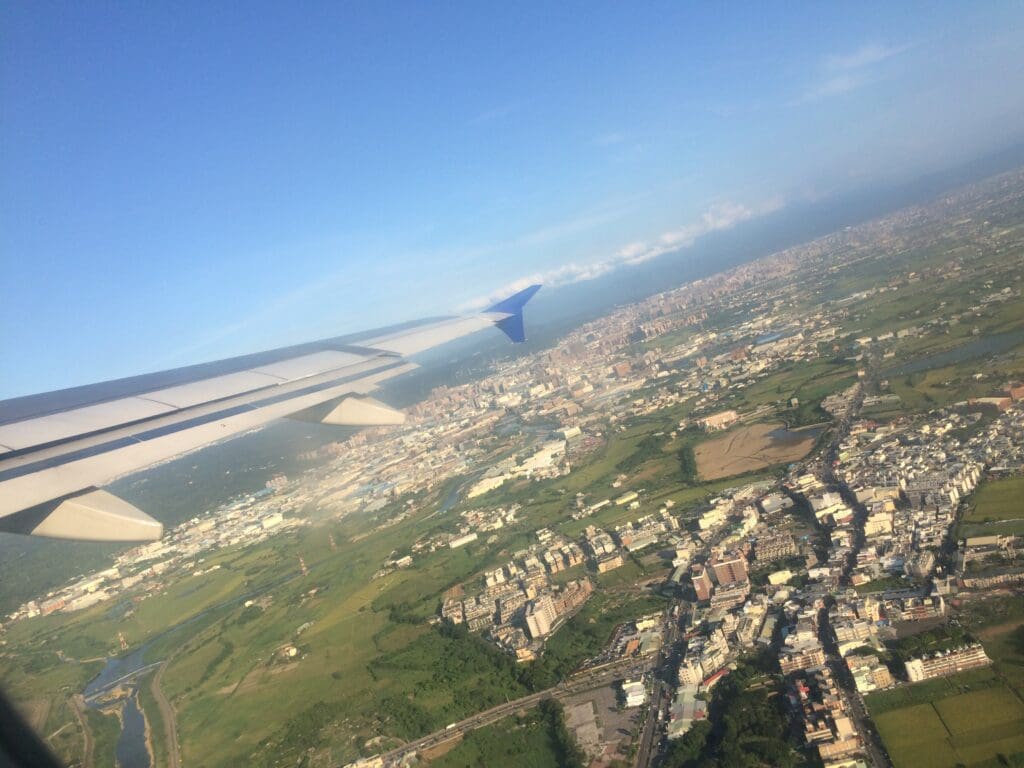
As soon as the crew were up and moving, several cabin crew members walked through the cabin displaying V Air’s buy-on-board menus in an eager effort to convince passengers to make purchases in the soon-to-commence round of service. A short while later, the crew passed through the cabin distributing pre-booked meals and asking passengers to show their boarding passes. At this stage, it seemed that many passengers had gone for the same bundle as me, as at least 50% of those onboard had pre-ordered meals. When a crew member arrived at my row, I showed my boarding and was handed my meal. This consisted of a main dish of Three Cups Chicken, a V Air branded Swiss roll and a carton of apple juice. It also appeared that these Swiss rolls were also offered to passengers who had not pre-ordered a meal, which was a nice touch considering the fact that V Air was a low-cost airline. Once the crew had distributed these meals, they then wandered through the cabin offering to take photographs of passengers with V Air’s mascot, a Formosan black bear.
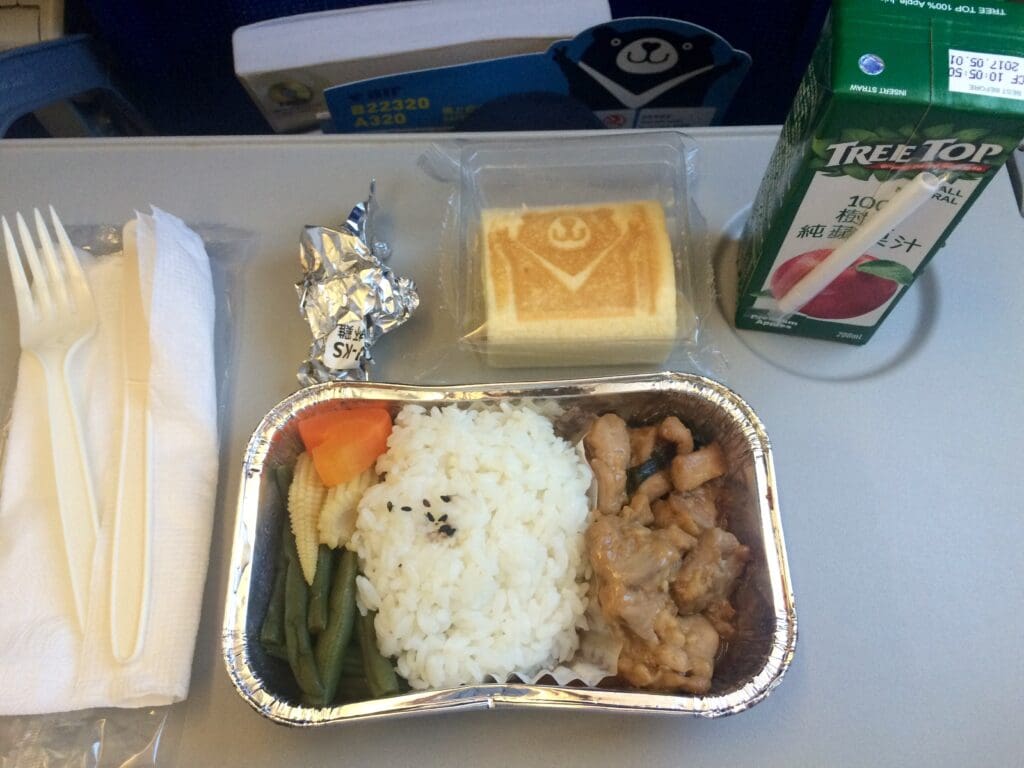
As we cruised northwards, there was little to see outside other than the blue waters of the sea and as the flight progressed, the skies began to darken, eventually resulting in some rather picturesque scenes as we reached dusk. With thirty minutes to go until landing, the Airbus could be felt commencing its descent and soon the cabin crew made their usual announcements requesting passengers to return to their seats, fasten their seatbelts and retract their tray tables and window blinds. As we sank lower, the crew passed through the cabin ensuring that all was secure and in place for our arrival before the cabin lights were turned off and replaced with blue moodlighting that had been retrofitted to the aircraft.
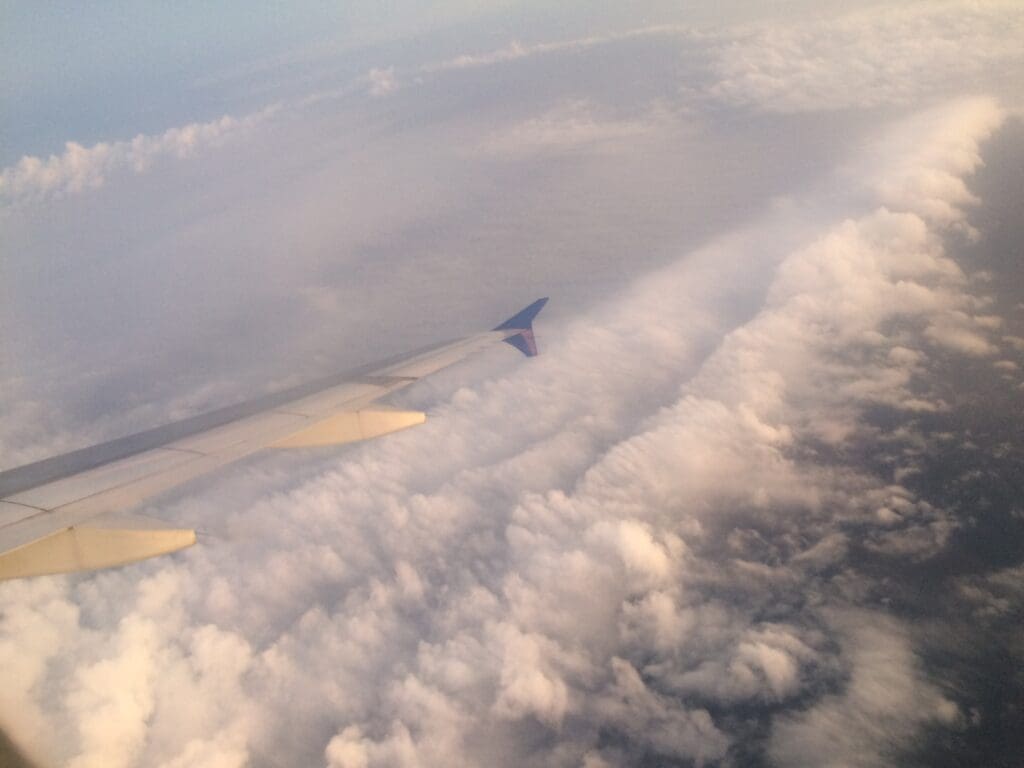
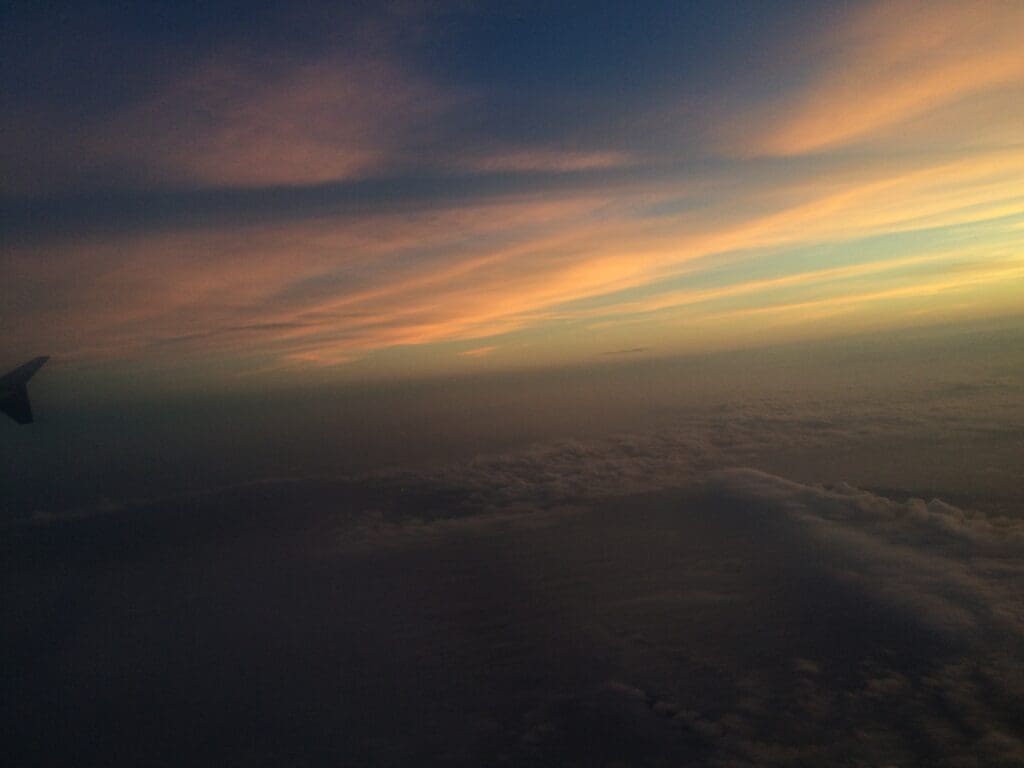
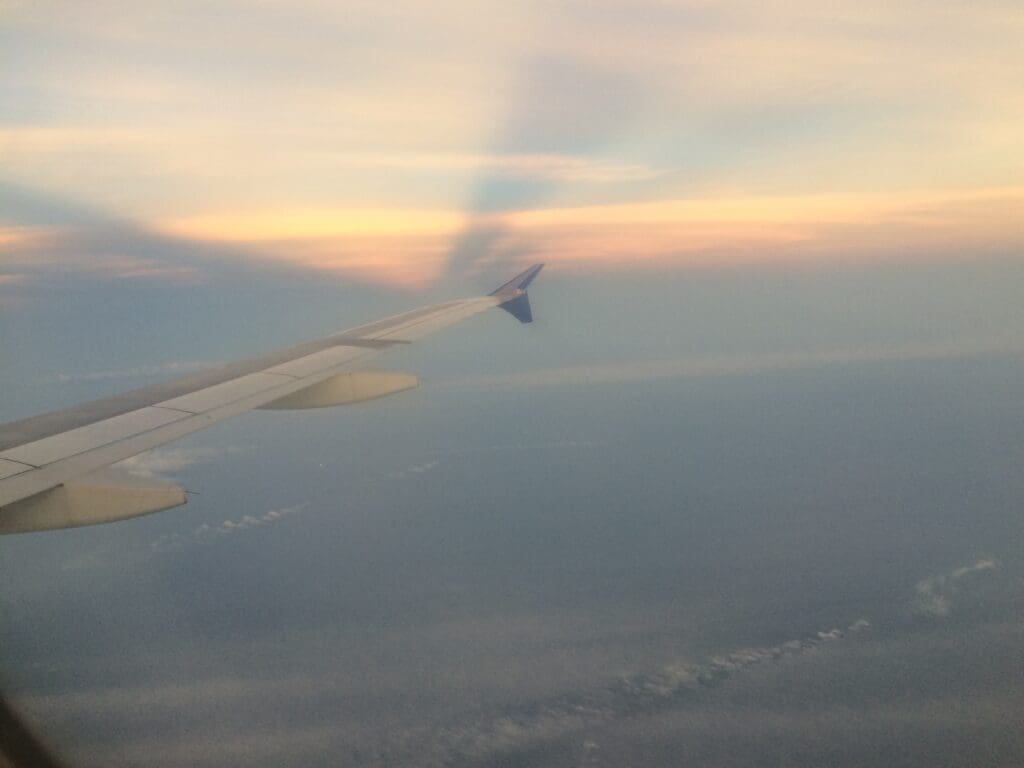
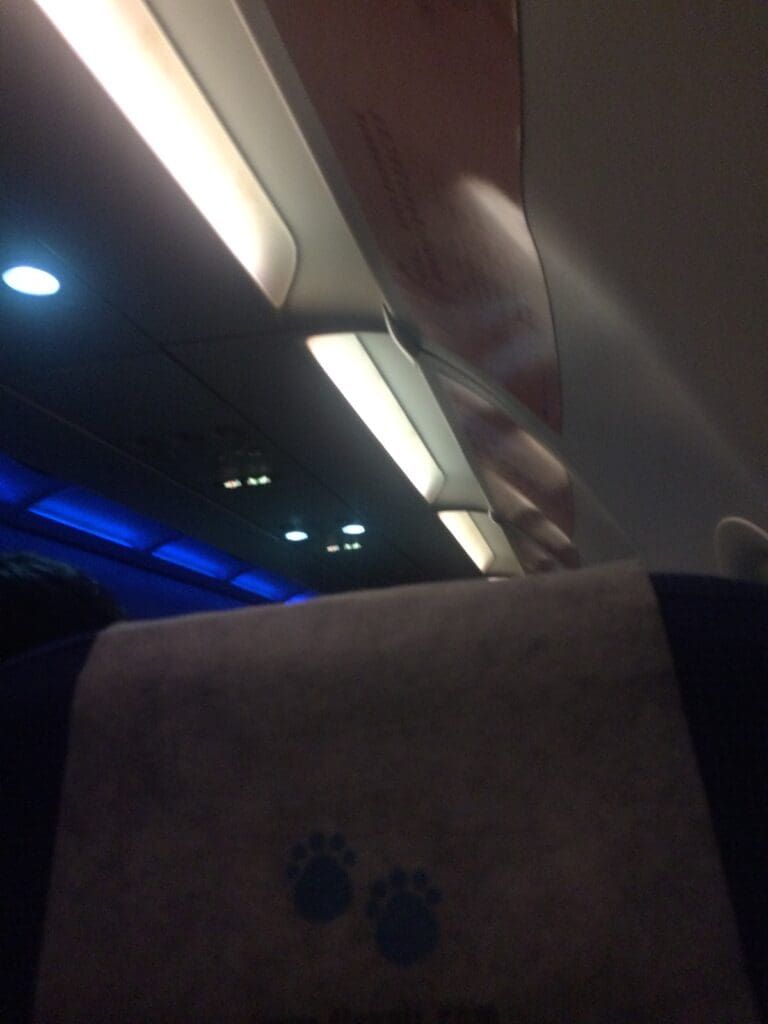
Somewhere off the Korean coastline, the Airbus made a few twists and turns and sank down into the thick clouds. As we were in these, the flaps were extended, as was the landing gear. Expecting to be treated to vistas of the tall apartment blocks on the east side of the Nakdong River estuary as we edged towards Busan Gimhae Airport, this was not to be the case. Instead, all of a sudden, the ground rushed up and we made a rather firm touchdown before decelerating. As it turned out, it was rather lucky that the flight up from Taipei had made it to Busan, with many of that day’s services delayed or cancelled due to the unusually bad sea fog that lingered around the city that day.
Once off the runway, the Airbus taxied past the local ROKAF base where a sea of CASA CN-235s and C-130 Hercules aircraft could be seen waiting for their next missions. A short time later, the aircraft pulled into a remote stand and soon the two engines spooled down, bringing our journey up from Taiwan to a close. Fortunately, that evening disembarkation was a quick yet calm affair and it wasn’t long before a set of steps was moved into position enabling disembarkation to commence. Once outside, it felt good to be away from the intense heat and humidity of Taiwan and after a few moments out in the open air, I made my way into the bus. Being one of the last passengers to board this, there wasn’t much waiting to be done before we were whisked off to the arrivals area of the terminal. The only other time that I had arrived in Busan on an international service was in 2014 when I had touched down on a Peach service from Osaka Kansai – having arrived just after an AirAsiaX Airbus A330-330, plenty of waiting was in store. Fortunately, that evening all desks were manned, and so I made it through immigration within about twenty minutes. By the time I made it through immigration, my bag was already spinning around on the carousel and so I picked this up and walked straight out into the landside arrivals area.
